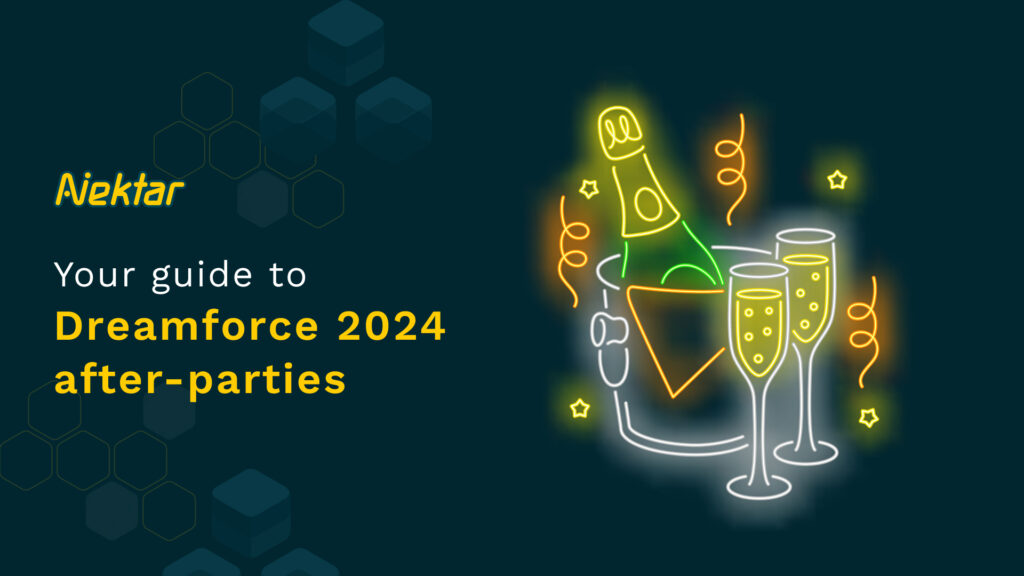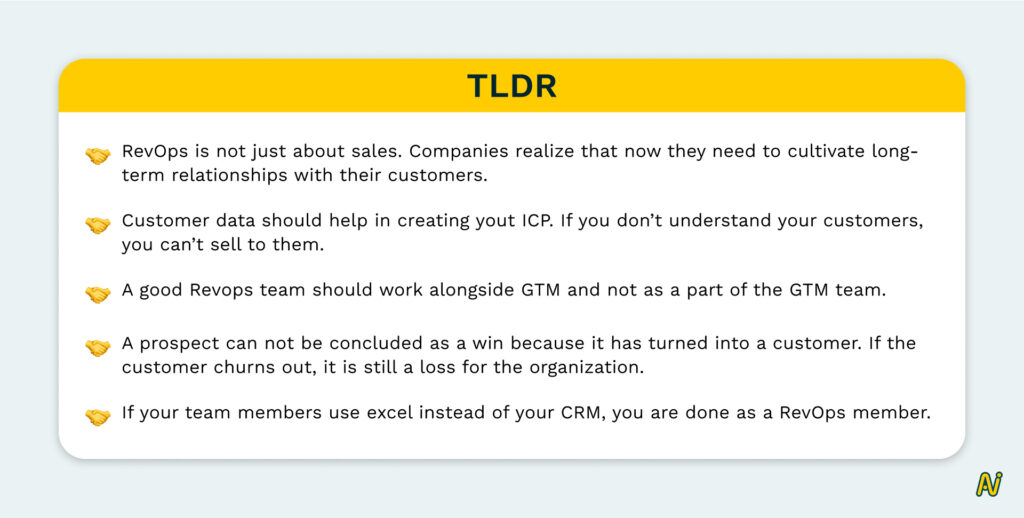
One non-negotiable aspect of revenue generation today is a maniacal focus on the customer. It is vital to understand your customers and their journey. Revenue leaders who steer these businesses should possess comprehensive visibility into every phase of the customer journey.
Business leaders must be capable of capturing this invaluable customer data, as the derived insights can be leveraged to operate revenue engines with predictability.
How can RevOps teams approach customer data in a way that enables them to track customer journeys?
We find out in this blog as we narrate our discussion with Leore Spira, who is currently heading Revenue Operations at Buildouts. Leore is a globally recognized RevOps leader with a track record of establishing and building RevOps departments in multiple startups. She is also the Co-founder of The Optimizers, the 1st Israeli professional community for operations leaders (recognized by Startup Nation).
Take a detailed look at our discussion as we discuss the present-day B2B customer journey, the role of RevOps, and how RevOps can be used to measure customer journey.
Listen to the entire interview here:
Or watch the conversation below:
The B2B Customer Journey Today
A B2B customer journey refers to the process that a business customer goes through when researching, evaluating, and purchasing products or services from another business. It involves the various touchpoints and interactions between the buyer and the selling company throughout the journey.

A typical B2B customer journey consists of the following stages:
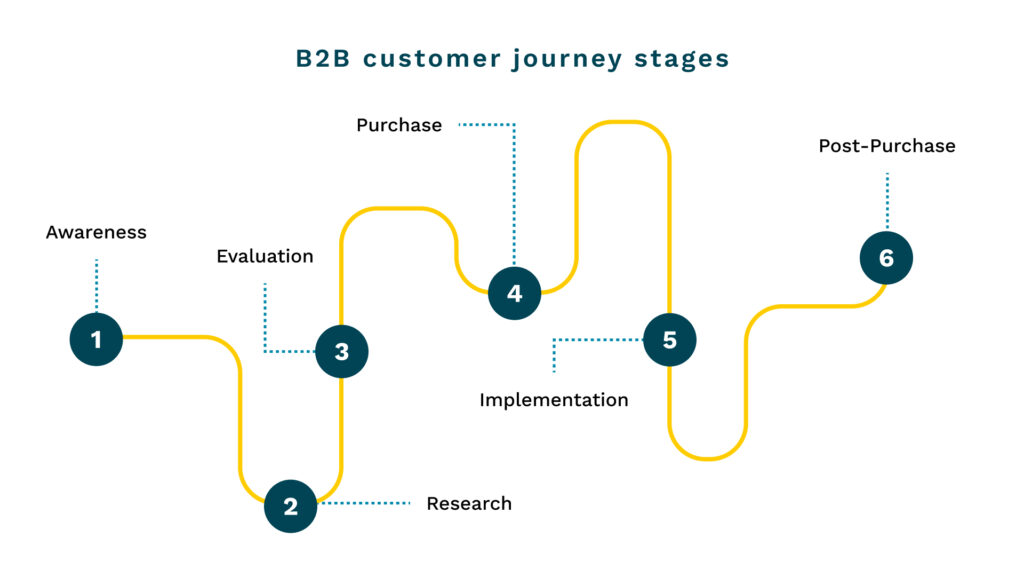
- Awareness: The buyer becomes aware of a need or a problem that requires a solution.
- Research: They conduct research to identify potential solutions and gather information about different vendors or suppliers.
- Evaluation: The buyer compares different vendors or suppliers based on factors such as product features, pricing, reputation, customer reviews, and support.
- Purchase: The customer makes a purchase decision and initiates the procurement process, which may involve negotiating terms and signing contracts.
- Implementation: The customer integrates the purchased product or service into their business operations, which may involve installation, training, and customization.
- Post-purchase: Evaluating the performance of the purchased product or service, seek ongoing support if needed, and building a relationship with the selling company for potential future purchases.

But how can RevOps help create the ideal customer profile (ICP)?
How Buildots Uses RevOps to Measure the B2B Customer Journey
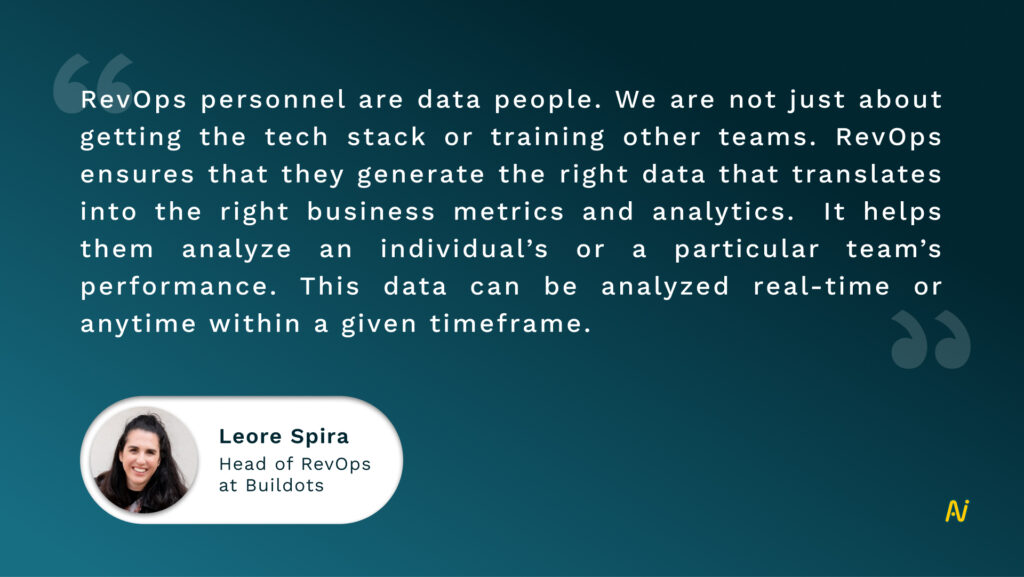
When measuring the B2B customer journey, RevOps can employ various methods and metrics to gain insights into the effectiveness of each stage. Here are some key ways RevOps can measure the B2B customer journey:
1. Lead generation and awareness
Track and analyze metrics related to lead generation efforts, such as the number of website visitors, lead sources, and conversion rates. RevOps can also monitor the performance of marketing campaigns, including impressions, clicks, and engagement metrics.
2. Sales pipeline progression
RevOps team can track the movement of leads through the sales pipeline to measure the effectiveness of the sales process. Key metrics to monitor include the conversion rates at each stage, the average time it takes for leads to move from one stage to another, and the win/loss rates.
3. Customer acquisition cost (CAC)
Calculate the cost of acquiring new customers by analyzing the marketing and sales expenses associated with the customer journey. This metric helps evaluate the efficiency of the customer acquisition process and can be compared against customer lifetime value (CLV) to determine the profitability of acquired customers.
4. Customer satisfaction and retention
RevOps can measure customer satisfaction and retention metrics, such as customer feedback scores, customer churn rate, renewal rates, and upsell/cross-sell rates. These metrics provide insights into how well the organization is meeting customer needs throughout the journey and the overall customer experience.
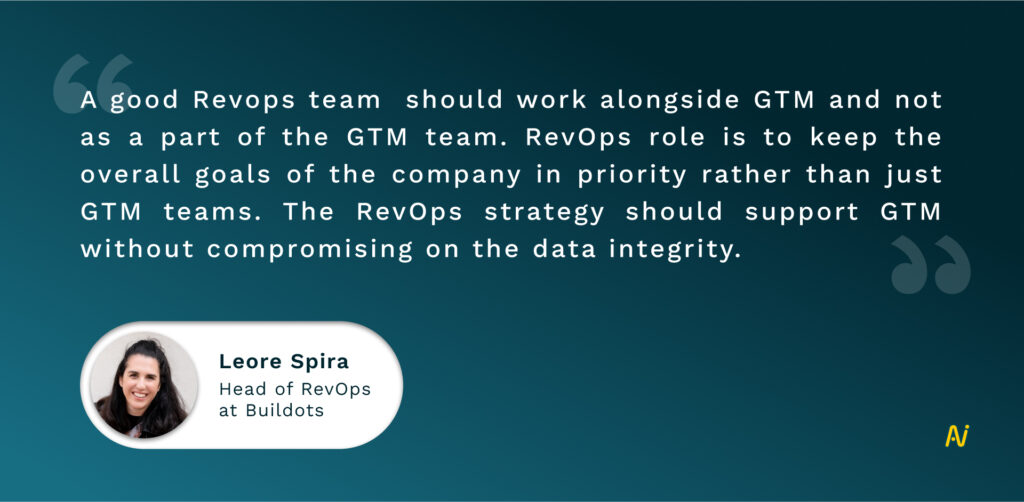
5. Revenue attribution
Implement systems to attribute revenue to specific marketing campaigns, sales activities, or customer touchpoints. This allows for a better understanding of which efforts are generating the most revenue and which ones may need optimization.
6. Customer lifetime value (CLV)
RevOps can calculate the CLV of customers by analyzing their purchasing behavior, average order value, repeat purchases, and the duration of the customer relationship. CLV helps assess the long-term value of customers and guides decision-making regarding resource allocation and customer retention strategies.
7. Customer feedback and sentiment analysis
Collect and analyze customer feedback, reviews, and sentiment data to gauge customer satisfaction and identify areas for improvement throughout the customer journey. This can be done through surveys, social media monitoring, and online reputation management tools.
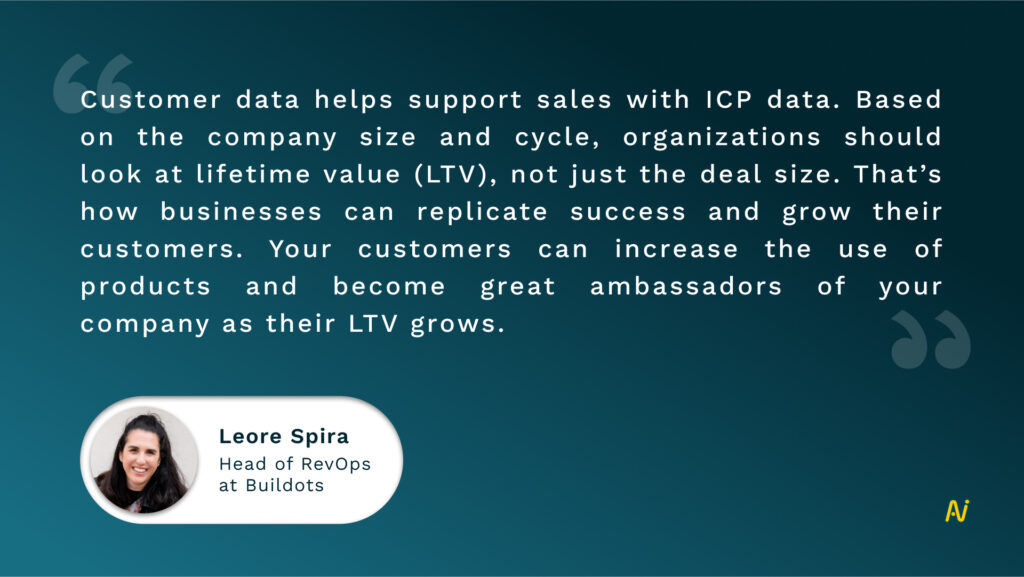
Buildots Way to Measure B2B Customer Journey
Companies need to look beyond sales numbers and deal size. Metrics like Churn, sales velocity, and LTV are all equally crucial for RevOps.
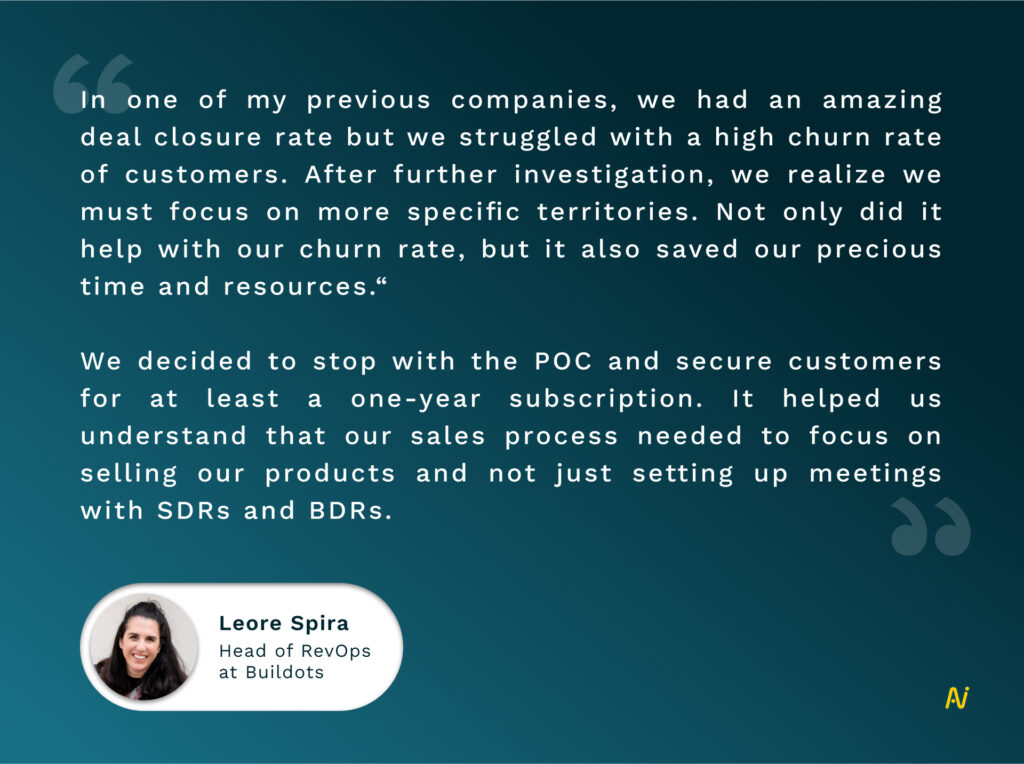
Companies need to ensure that they manage the relationship with customers throughout the process and are not reliant on the NPS score.
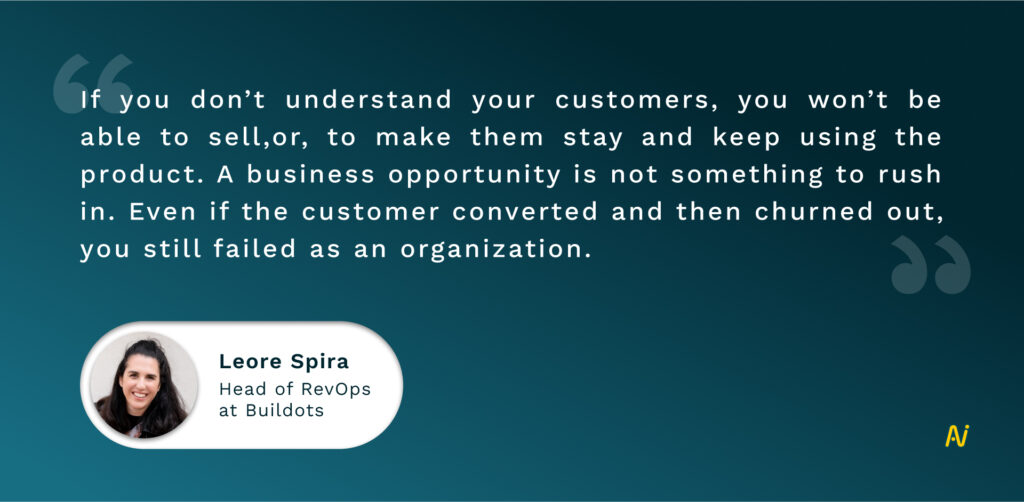
How Nektar Helps Measure the B2B Customer Journey
Nektar provides a unified contact and activity capture solution that assures CRM data integrity and hygiene resulting in a true view of revenue intelligence and processes that unlock the fastest path to revenue realization.
Here is how Nektar facilitate RevOps in tracking B2B customer journey:
- Actionable pipeline visibility: Gain up-to-the-minute visibility into the intricacies of every deal’s progress, identify and address potential risks, actively engage with buyers and representatives, and skillfully optimize sales strategies to maximize closures and operational efficiency.
- Accurate reporting of CRM data: Efficiently and accurately capture contact information, buying roles, meeting details, emails, and activities through automated processes, ensuring error-free data entry. Contextually map this information to relevant accounts and opportunities for better organization and insight.
- Account-based selling: Accelerate the creation of opportunities by utilizing unified and enhanced contact data for account-based selling, thereby maximizing revenue opportunities.
- Untapped revenue opportunities: Uncover your concealed pipeline by bringing forward new leads that sales representatives may have overlooked when adding them to the CRM. This enables better planning for achieving more informed commitments and exploring best-case scenarios.
- More ROI on CRM: An exceptional contact and activity capture solution not only fills in the gaps in your CRM data but also enhances the data integrity of all the tools connected to your CRM, ensuring comprehensive and reliable information across your integrated systems.
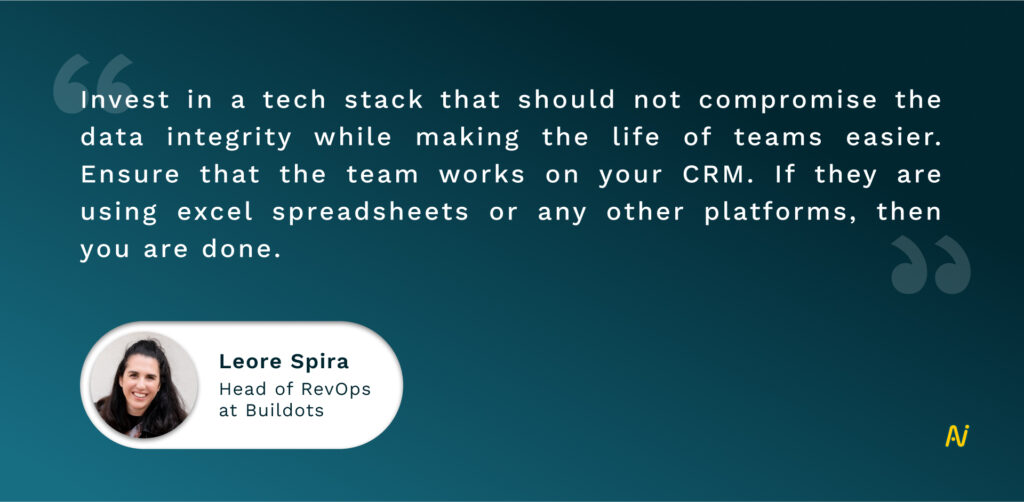
At Nektar.ai, we are building the world’s first Revenue Efficiency Platform that helps you with two things:
- Automatically capture customer interaction data(hidden revenue opportunities) scattered across your revenue lifecycle to plug data holes present in your CRM.
- Our RevOps AI then delivers timely insights on your sales process right where you work(Slack) to help you prevent revenue leakage in your funnel.
Say Goodbye to Messy data & revenue leaks. Welcome to Actionable Data & Revenue Efficiency.
Learn More:
2 min-Intro video
Our Founding Story
Follow us on LinkedIn for some awesome RevOps content.
To learn more about how Nektar can enable clean data for your organization, get in touch with our experts.
But why stop there? We also consolidated our ultimate guide to RevOps roadmap ebook after speaking to 150+ revenue leaders. In this free guide, you’ll find templates, checklists and plans on how to build your very own RevOps roadmap!







